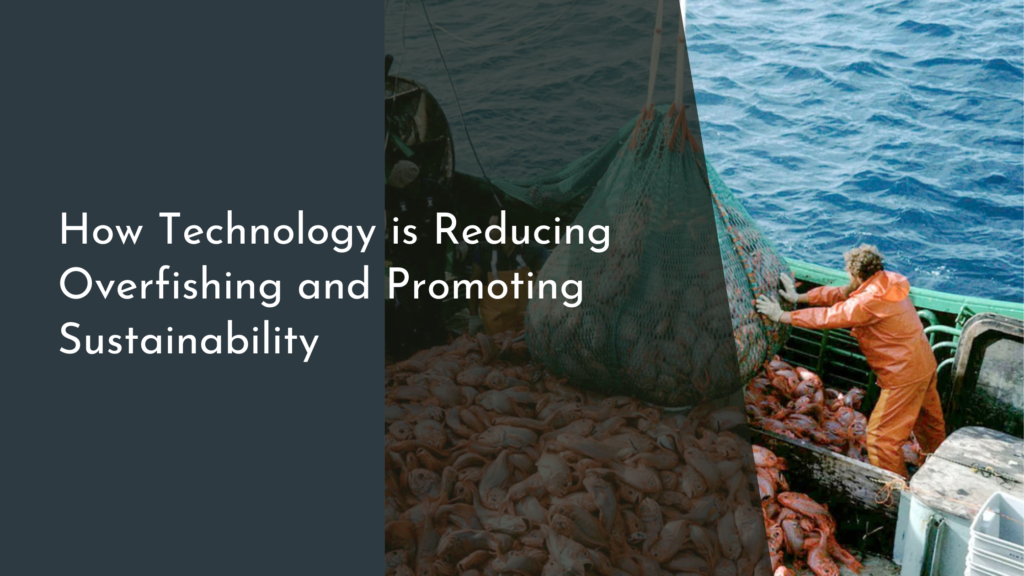How biodegradable materials are transforming playground equipment
In recent years, there has been a growing movement towards sustainability, permeating every aspect of our lives—including playgrounds. As communities become more aware of environmental issues, designers and manufacturers are responding by incorporating biodegradable materials into playground equipment. This shift not only brings ecological benefits but also enhances the play experience for children. As schools, parks, and recreational areas begin to embrace this green revolution, we’re witnessing a transformation that promises a brighter, more sustainable future for outdoor play.
Playgrounds traditionally relied on materials like plastic and metal, which, although durable, often have detrimental effects on the environment. With the emergence of biodegradable materials, this paradigm is shifting. These materials are designed to break down naturally, reducing landfill waste and the overall carbon footprint of playgrounds. By prioritizing sustainability, we’re fostering a connection between children and nature, teaching the importance of caring for our planet while they play.
Discovering the Green Revolution in Playground Design
The incorporation of biodegradable materials into playground design is a key aspect of the broader green revolution in public spaces. Designers are now exploring various natural materials such as bamboo, reclaimed wood, and recycled rubber, which not only minimize environmental impact but also offer unique aesthetics. By utilizing these materials, playgrounds can blend seamlessly into their natural surroundings, creating an inviting atmosphere for children and families alike. This harmonious integration fosters an appreciation for nature and encourages outdoor play.
In addition to this visual appeal, the movement towards biodegradable playgrounds aligns with a growing awareness of the health risks associated with traditional playground materials. Many synthetic materials can leach harmful chemicals into the environment, whereas biodegradable options are non-toxic and safer for children. This positive change in design philosophy reflects a commitment to not just environmental responsibility but also the health and well-being of the young users of these spaces.
The Benefits of Biodegradable Materials for Kids’ Safety
One of the most significant advantages of biodegradable playground equipment is the enhanced safety it provides for children. Traditional materials often pose risks, such as sharp edges, splintering, or heat retention on sunny days. In contrast, biodegradable materials—such as specially designed composites made from natural fibers—offer a much softer and smoother experience. These materials are typically less abrasive, reducing the likelihood of injuries when children fall or collide during play.
Furthermore, many biodegradable playground materials undergo rigorous testing to ensure they meet safety standards. For instance, rubber made from recycled tires is not only durable and shock-absorbent but also free from harmful chemicals often found in conventional playground surfaces. This commitment to safety ensures that children can explore and play freely without the fear of injury or exposure to toxic substances, making eco-friendly playgrounds a win-win for parents and kids alike.
Innovative Examples of Eco-Friendly Playground Equipment
The landscape of playground design is evolving, showcasing some truly innovative examples of eco-friendly equipment. One exciting development is the use of natural playgrounds, which prioritize organic materials and natural elements such as logs, boulders, and native plants. These playgrounds encourage imaginative play and foster a deeper connection to nature while providing children with unique challenges and sensory experiences. For instance, climbing over logs or balancing on stones can enhance motor skills and boost confidence.
Another cutting-edge innovation is the emergence of playgrounds constructed from bio-based plastics derived from renewable resources like corn starch or sugarcane. These materials are not only biodegradable but also provide the necessary durability to withstand years of play. Additionally, manufacturers are exploring modular designs that allow for easy reconfiguration and updates, enabling playgrounds to adapt to changing community needs without generating excess waste. These innovative approaches highlight the endless possibilities for creating sustainable and engaging play environments for future generations.
Building a Sustainable Future: Playgrounds That Care!
As communities embrace biodegradable materials in playground design, they are also fostering a culture of sustainability and environmental stewardship. Playgrounds made from eco-friendly materials serve as educational platforms, teaching children about the importance of taking care of the planet while they enjoy their playtime. By engaging in activities that promote eco-consciousness, kids learn valuable lessons about recycling, upcycling, and the natural world, ultimately shaping them into responsible adults.
Moreover, this movement towards sustainable playgrounds is gaining traction among local governments and organizations, leading to increased funding and support for such initiatives. Communities are recognizing the long-term benefits of investing in eco-friendly infrastructure, not just for the immediate enjoyment of children but for the preservation of our planet for future generations. As biodegradable materials continue to transform playground equipment, we can look forward to a joyful and greener future where children can play in harmony with nature.
The transformation of playgrounds through the incorporation of biodegradable materials is more than just a trend; it’s a crucial step towards a sustainable future. By prioritizing safety, environmental responsibility, and innovative design, communities are creating spaces where children can thrive and learn. As we continue to pave the way for greener playgrounds, we can celebrate the joy of play while nurturing a love for our planet in the hearts of our young adventurers. Let’s embrace this exciting journey toward a healthier, happier world where every swing, slide, and climb contributes to a sustainable legacy!

